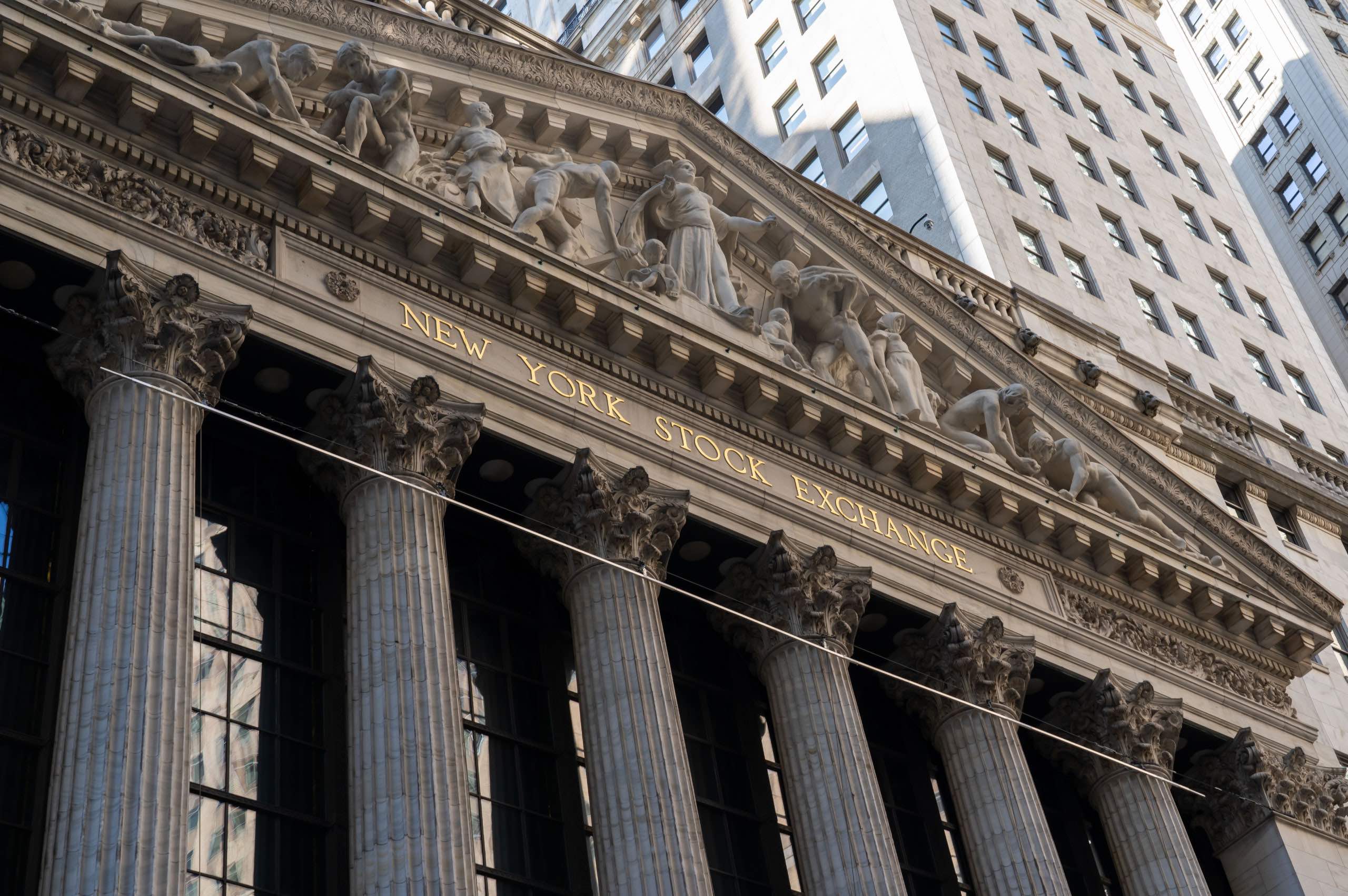Cybersecurity Statistics
The cybersecurity world is always changing. Annual statistics can give business owners the scoop on what to expect. The Verizon 2021 Data Breach Investigations Report (DBIR) is one of the top annual reports in the business.
Just like a coach always keeps a playbook, managers can review cybersecurity facts to build their defenses for a safer tomorrow. We’ve created a helpful overview of key cybersecurity statistics from Verizon’s report so you can keep your finger on the pulse of digital trends.
Key Insights From Verizon’s Report on Data Breach Statistics
The Verizon report analyzed over 79,635 incidents, passed 29,207 through their quality standards, and ultimately confirmed 5,258 breaches from 88 countries around the world. The recent upheavals in global business and changing shifts for numerous workers have opened a doorway for some bad actors to exploit vulnerabilities. Yet, understanding the threat can help us fight these criminals.
The Human Element
Cyberattackers know experts are building their defenses, so they are increasingly targeting user error. Eighty-five percent of all breaches in 2021 came from a human element. The recent shift to remote work has also given cybercriminals new motivation to attack less-guarded home computers.
Several main factors reveal how bad actors target users:
- Social engineering: Over 30% of attacks came from social engineering techniques like malware.
- Phishing: Within social engineering, phishing schemes saw an 11% rise from 25% to 36% in 2021 as the main form of social attack.
- Business Email Compromise (BEC): The second-largest area for social attacks was scams involving wire transfers through compromised email accounts. Ninety-five percent of BECs alone cost companies anywhere between $250—$985,000.
Ransomware
The year 2021 saw the use of ransomware double, with 10% of breaches involving this form of attack:
- Ransomware-as-a-service: Organized crime groups like REvil have pulled off unprecedented attacks on businesses, such as the Kaseya breach. DarkSide also recently disabled the Colonial Pipeline in exchange for millions of dollars in ransom.
- Denial-of-Service (DoS): Thirteen percent of non-DoS incidents directly resulted from ransomware.
- Ransomware costs: Ninety-five percent of ransomware attacks cost between $69—$1,155,775.
Beat the Statistics With Agio
You may feel overwhelmed by the growing number of cyberthreats, but you don’t have to walk this road alone. We can evaluate how your organization would respond to an attack, give you an action plan to improve your defenses, and keep a watchful eye over your IT and cybersecurity to ensure you’re on top of emerging threats.
Call us at 877.780.2446 or reach out through our contact form to get help from an expert team member.
Share post
Featured Posts
Connect with us.
Need a solution? Want to partner with us? Please complete the fields below to connect with a member of our team.




